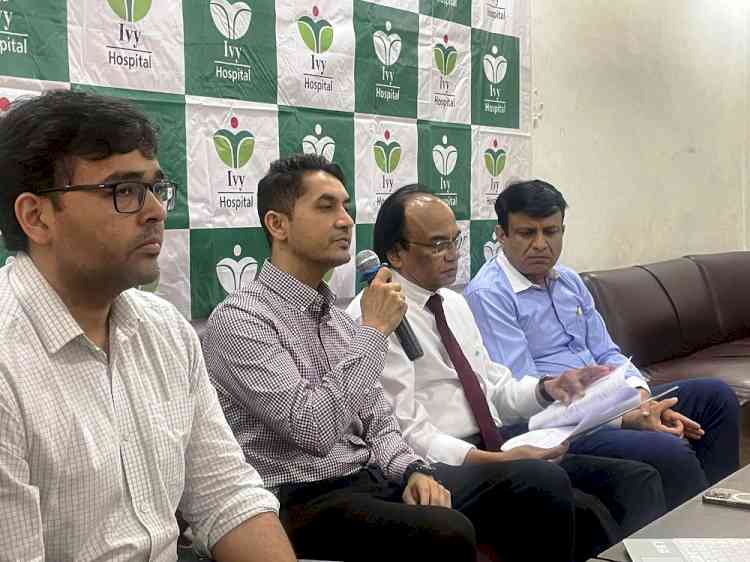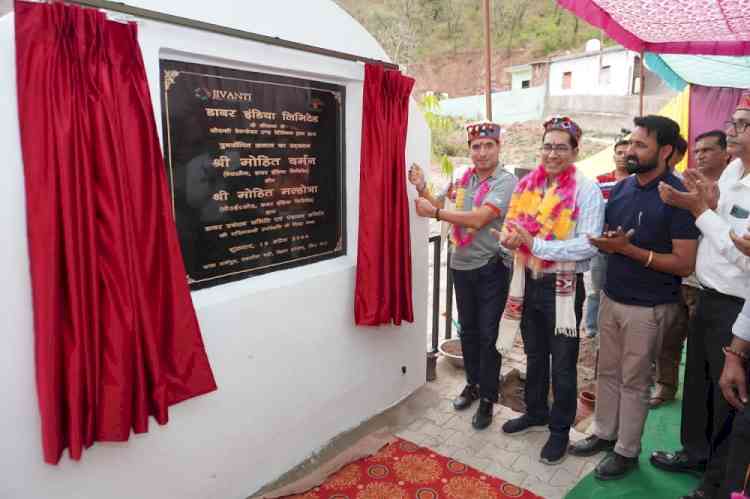Horgos: Offspring of China's 21st century Silk Road
Beijing, July 17 (IANS) The 21st century Chinese vision of a Silk Road Economic Belt has witnessed the birth of a new city, Horgos, in the country's northwest Xinjiang Uygur Autonomous Region. The State Council has approved the development...

Beijing, July 17 (IANS) The 21st century Chinese vision of a Silk Road Economic Belt has witnessed the birth of a new city, Horgos, in the country's northwest Xinjiang Uygur Autonomous Region.
The State Council has approved the development of Horgos, the largest land port on the border with Kazakhstan, Xinhua quoted Yang Jun, deputy director of the Horgos economic development zone, as saying.
Horgos is administrated by the Kazak autonomous prefecture of Ili. It covers an area of about 1,900 sq km, with a population of about 85,000.
At the westernmost end of the Silk Road in China, the open port of Horgos features integrated railway and highway hubs near the densely populated market centres of Central Asia.
In ancient times, merchants from Central Asia, the Middle East and Western Europe braved the Gobi desert and nomadic bandits to arrive at Chang'an, the historical name of Xi'an, then the world's largest metropolis. Getting cargo across the border today is much easier.
The border at Horgos for passengers and freight reopened in November 1983. In September 2004, China and Kazakhstan signed an agreement to create the Horgos International Border Cooperation Centre, a free land port.
At the port of Horgos, customs procedures have been streamlined. The integrated trade centre covers 3.43 sq km on the Chinese side and 1.85 sq km on the Kazakh side. Visiting traders can stay for 30 days visa-free at the centre.
"The centre enjoys unique policies to boost the free mobility of the personnel, goods and capital," said Yang.
With city status, the port would enter into a new development period, said Yang, and create a sound environment for regional economic cooperation.

 cityairnews
cityairnews 
















